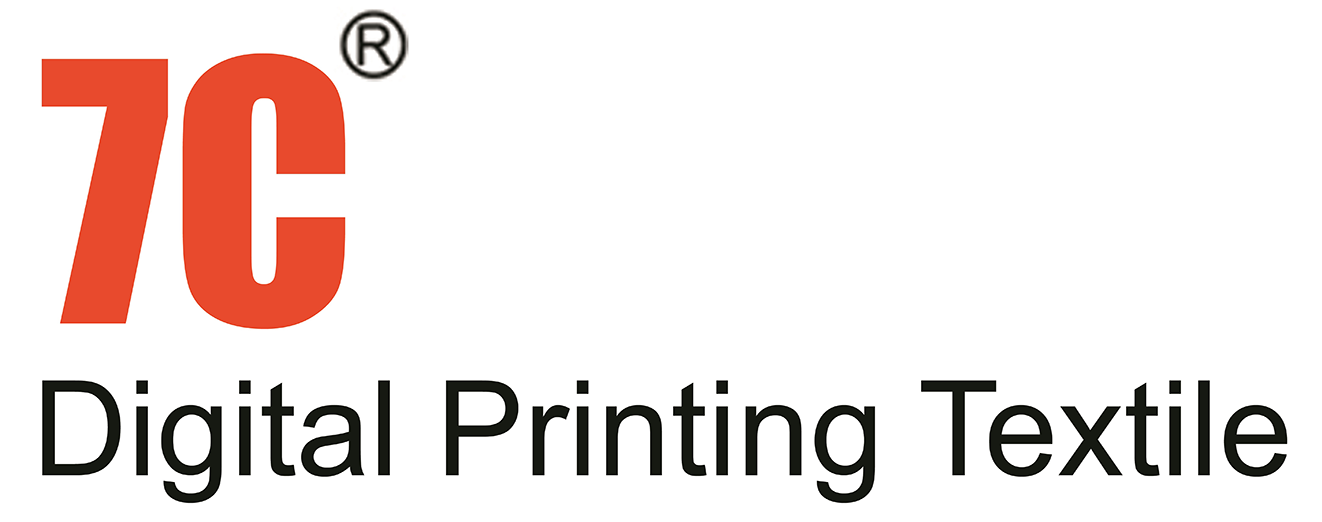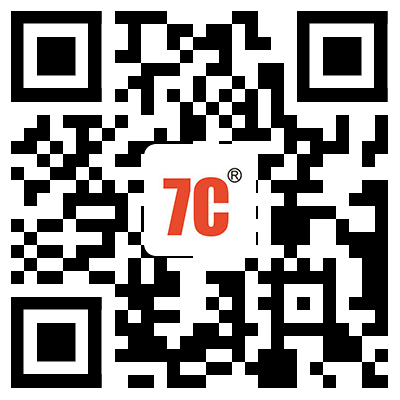Inventory of the current situation and development of the inkjet printing application market
Inkjet printing, with its low cost, high quality and wide range of applicable media, is becoming another mainstream digital graphic printing/printing method after electrostatic imaging technology. Despite the economic crisis in 2008 to the global economy to a small blow, digital printing / printing field is not immune......
Inkjet printing, with its low cost, high quality and wide range of applicable media, is becoming another mainstream digital graphic printing/printing method after electrostatic imaging technology. Despite the economic crisis in 2008 to the global economy to a small blow, digital printing / printing field is not immune, but the manufacturers did not stop in the inkjet print head, inkjet media, ink and other related technologies continue to invest, almost every year, there are important technological advances and new products launched.
Today, the cloud of economic crisis has not completely dissipated, but we have reason to believe that, with the continuous progress of inkjet printing technology, it will achieve a broader application prospects, into more and more traditional printing fields. This article is for the recent inkjet printing application market situation to do an introduction.
Traditional Applications
Image and art reproduction market
With the popularity of digital cameras, the output of photos has been languishing for nearly 10 years, despite the fact that the volume of photos taken is increasing exponentially every year. The increasing popularity of computers, digital photo frames, cell phones, iPads, etc., has sharply reduced the demand for photo output, but the absolute amount of photo output has not decreased significantly; after all, physical photos are not completely replaceable by LCD screens.
Although the total amount is not much different, but the format of the output photos is changing greatly, 6-inch photos are rapidly decreasing, while the photo book (Photobook), large format photos are rising rapidly, photos are less and less its "memorial" meaning, and carry more "decoration and art "function.
Over the past 10 years, the output of photos, also from a single silver salt printing, evolved into a three-legged situation of printing, inkjet printing, thermal sublimation printing, thermal sublimation printing is mainly used in ID photos, tourist attractions, kiosk market; while inkjet printing is used in large format photos, artwork reproduction and home printing market.
The benefits of inkjet printing photos at home are discretion, privacy and diversity of media types, mostly using desktop photo printers equipped with light-resistant dye ink or multifunctional printers, these printers are extremely inexpensive, the only problem is the price of ink, the original supplies for photo printing costs are much higher than silver salt printing, for cost-sensitive customers, the good thing is that there are compatible supplies to choose from.
In the printing chain stores, wedding studios and other professional image output institutions, their output devices are mostly silver salt traditional printing and inkjet printing combination, large-format photo output with water-based pigment ink large-format printers, EPSON and other brands have certified many of their own "Epson Art Microjet Studio".
It is worth mentioning that, following the launch of inkjet printing technology based on the Norris "dry printing machine", Fujifilm also followed in the footsteps of the Fujifilm inkjet printing machine launched at last year's Fotokina, does this mean that these silver salt imaging giants will gradually abandon the traditional silver salt printing technology? We don't know.
Advertising inkjet market
Advertising printing is the first field of inkjet printing technology, in Western countries, due to environmental requirements, advertising printing is now mainly UV curing printing and environmental protection solvent printing. In China, due to cost reasons, indoor advertising is still dominated by "water-based dye ink + PP media + cold mount film" program; outdoor advertising is dominated by "solvent ink + light box cloth" program.
But in any case, environmental protection will be the main problem facing the advertising market for many years to come, for example, ink factories to consider how to reduce VOC (organic emissions), choose a more environmentally friendly organic solvents, how to reduce the hazards of ink factories, printing companies and display space personnel, safer materials will also be more and more, especially in the fire performance and low VOC emissions after posting.
The overall trend of the inkjet market or water-based and UV-curable ink to replace the solvent ink, including the United Creation of several companies, including latex ink (HP registered Latex trademark, some manufacturers simply call it "universal ink"), such water-based ink can be printed on ordinary materials without coatings such as Wallpaper, coated paper, but this is still only a primary product, need to improve to improve, such as reducing the heating temperature, improve adhesion, improve color.
UV curing inkjet printer first appeared around 2000, it is a challenge to solvent ink and traditional screen printing, but UV technology also has its own problems, such as UV ink color can not catch up with solvent ink, UV ink and light box cloth and other materials such as adhesion is not enough, these are affecting the UV ink for solvent ink replacement; ordinary UV lamp due to heat, short life, etc., gradually be Cold light source LED-UV to replace, how to improve the curing speed of LED-UV becomes another issue.
Equipment lack of good, it is worth mentioning that many domestic manufacturers have developed and Roland, Mimaki, Muto, as based on EPSON piezoelectric printhead photo machine, will have an impact on the market monopoly of the three aforementioned.
Commercial printing market
Commercial use of printers require inkjet printing speed can reach the same printing speed as hole plate printing or electrostatic imaging technology, to achieve such high speed, the ink drying is a problem. For sheet-fed printing, HP and RISO (RISO) came up with their own solutions, HP MFPCM8060 using a combination of "adhesive - water-based pigment ink - heater" solution, while the ideal is used without the heater "solvent ink + ordinary" paper solution, it is clear that HP's Latex technology is better: the first step, the printer will be uncoated ordinary print media on a transparent layer of adhesive, and then Latex ink and then printed on it, and finally the heater heated so that a small amount of moisture evaporates, the ink "film formation", HPLatex technology principle is shown in Figure 7 schematic. The disadvantage of this printing method is that it requires heating to let the moisture evaporate, but it is very "green".
Recommend Reading







